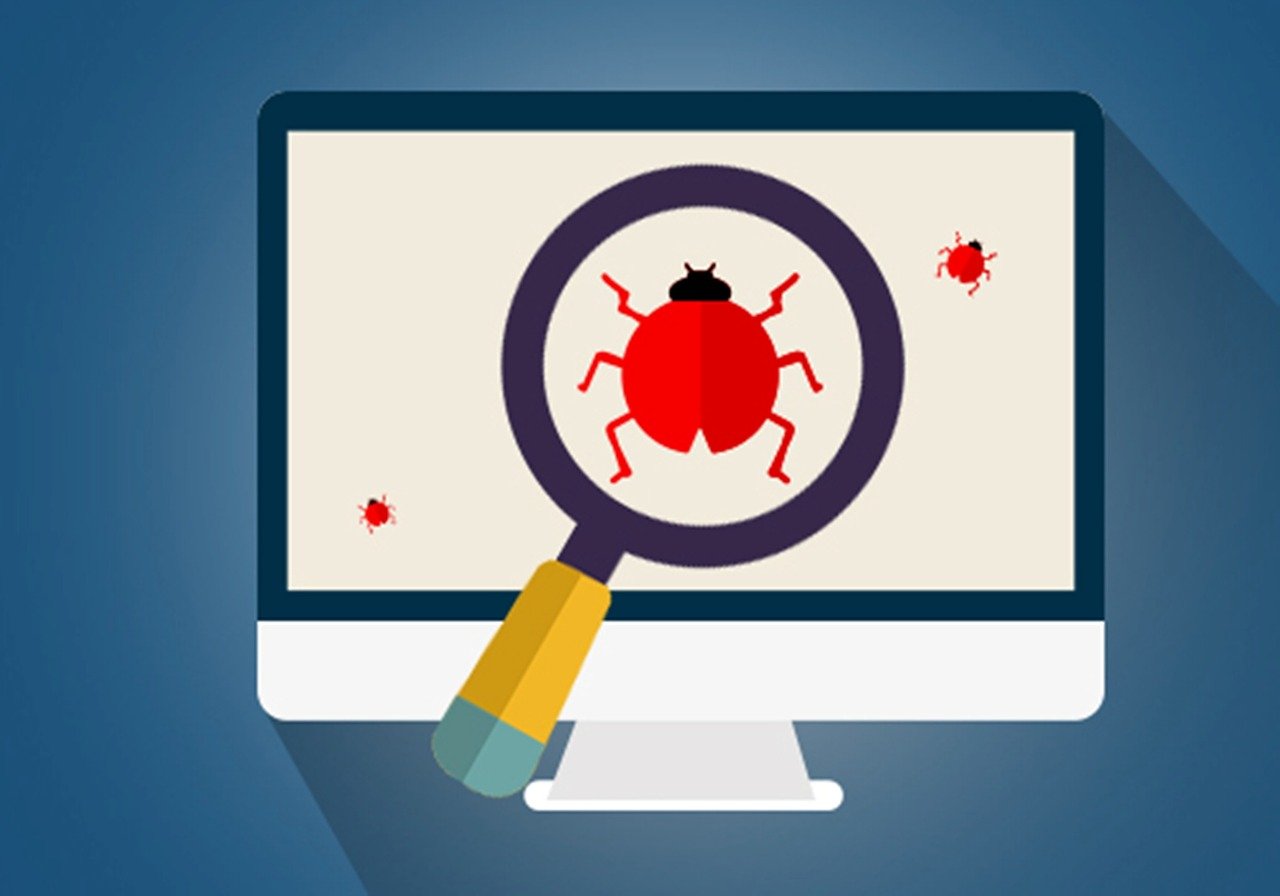
About: Software, Good Bugs and Bad Bugs
No software without bugs, but how to tell good bugs from bad bugs - and good software from bad software? Nate Graham kind of answered this question parenthetically during his latest piece of This Week in KDE.
Occasionally people ask, “Jeez, it feels like you guys are fixing bugs all the time… shouldn’t they all be fixed by now? Why is your software so buggy?” Thing is, that’s the nature of software. There are always more bugs to fix, no matter how long you work at it. And the more people who use it, the more bugs they’ll find. This is universal, for every piece of software. The best metric is not really “number of bugs fixed,” but rather “egregiousness of bugs fixed.” You want to see that the bugs we fix get weirder and more esoteric over time, which indicates that the basics are becoming more reliable. We’re not all the way there yet, but I believe we are making progress!
So, according to Nate Graham the best metric is not the number of bugs fixed, but the egregiousness of bugs fixed. In other words: the weirder and more esoteric the bugs fixed, the more reliable the basics, the better the software.
Then again, the more the bugs fixed are easy, nice and obvious - the more egregious so to say - the weirder and less reliable the basics, the worse the software.












Comments